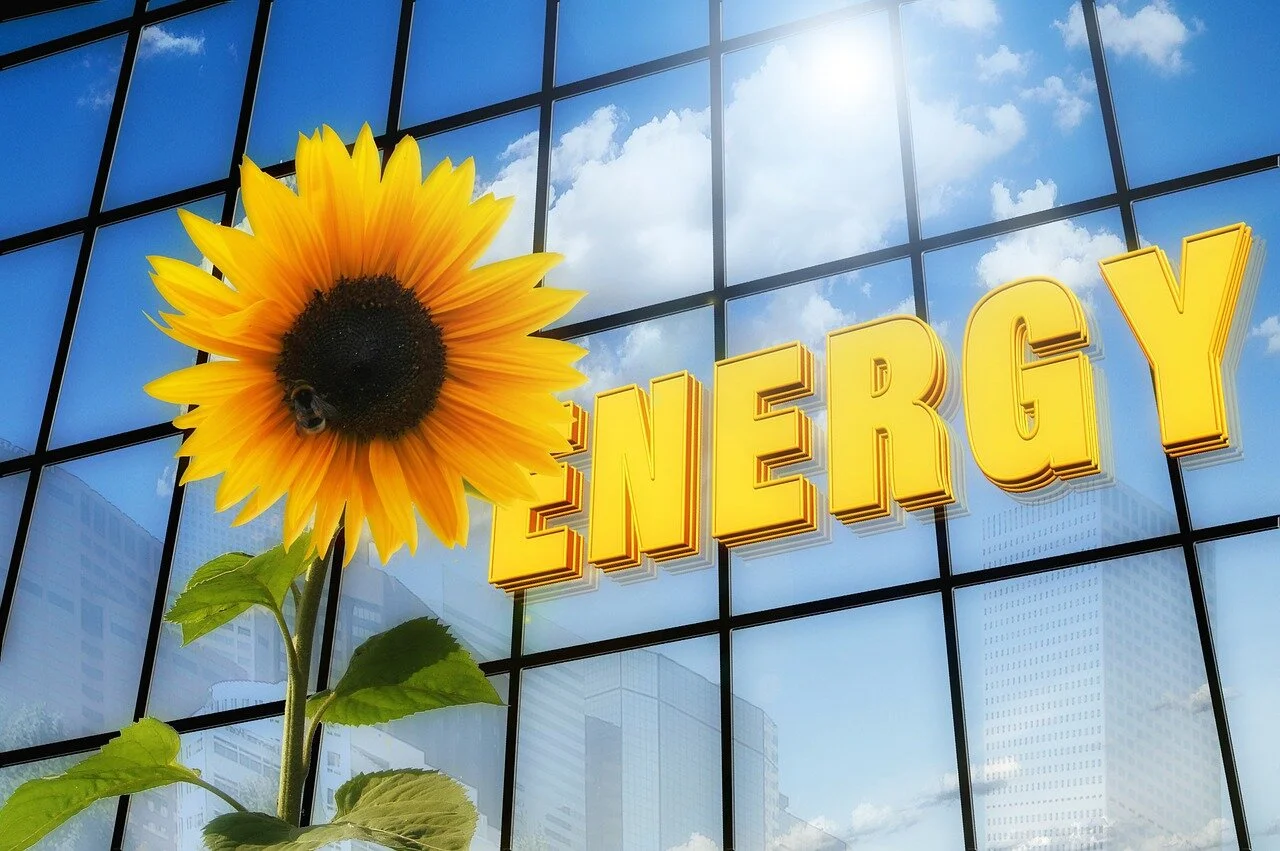Cells and Their Energy at Work
Image credits belong to: geralt | Pixabay
Work is an event that involves moving mass from point A to point B.
Think of electrons that jump around within an atom as they either gain or lose energy. Kinetic energy is the force driving an object in motion. Potential energy is the force stored in an object that still has yet to move.
A lot of work and motion is occurring within us to biologically accomplish important things.
To get energy, cells will oxidize nutrient organic molecules through the process of respiration that involves combustion of glucose. This combustion involves fast reactions with oxygen and burning glucose as fuel.
Glucose plus oxygen becomes CO2 and water.
Glucose + 6O2 ---> 6CO2 + 6H2O
The respiration process by which our cells oxidize molecules and get energy is “energetically favorable” and uninfluenced by outside forces (spontaneous) because they “produce more product than reactant at equilibrium.” When adenosine triphosphate (ATP) is spontaneously hydrolyzed (broken down by reaction with water) and converted into adenosine diphosphate (ADP), it is coupled with a non-spontaneous reaction to move the process forward. This is the opposite of what happens during photosynthesis that plants use to derive their energy, since photosynthesis reduces inorganic molecules via solar energy. This is energetically unfavorable as input of energy will be needed for this process to occur, making the reactants greater than the products of the equation in photosynthesis.
Gibbs free energy- this is the amount of usable energy that can perform work in a system. The energetics and spontaneity of a reaction can be known according to the change in Gibbs free energy.
Endothermic- reactions that need energy from outside themselves, typically in the form of heat, to continue the reaction. Endothermic reactions take in heat from their surroundings and often cause their environments to cool down. Their products that have higher energy than their reactants means they are typically devoid of spontaneity.
Law of Conservation- the total energy of an isolated system that remains constant and is only transferable from one place to another without possibility of being created nor destroyed.
ATP- adenosine triphosphate molecules are the main energy currency of the cell in all living things. ATP is the end result of processes that include fermentation, cellular respiration, and phosphorylation (adding phosphate groups to molecules via energy from light). It is also involved in DNA synthesis and transferring signals during the organism’s cell communication.
Bioenergetics- The study of energy in living things based on two major processes of transformation called respiration and photosynthesis.
Energy transduction- when energy is donated from one electron and accepted by another while the class of energy changes.
Boltzman equation- this predicts how a thermodynamic system will statistically behave while not in equilibrium.
energy transfer- relocating energy from one spot to another.
Mass- a fundamental property of matter that is a quantitative measure of the natural resistance against any agency that tries to put an object in motion.
Enthalpy- (H) is the end result of internal energy (U) combined with the product of pressure and volume (PV) as stated by the equation: H = U + PV
Calorimeter- a device that measures the heat flow of any chemical reaction or physical change.
equilibrium constant- “The equilibrium constant of a chemical reaction is the value of its reaction quotient at chemical equilibrium, a state approached by a dynamic chemical system after sufficient time has elapsed at which its composition has no measurable tendency towards further change.”
Exergonic- this involves a type of reaction wherein energy is released instead of being stored. Such a release can be spontaneous or occurring without prompting from outside influences.
Endergonic- a reaction that involves absorption of energy so that more energy is present in the system after the reaction than before it.
General Disclaimer: All sources are hyperlinked in this article. The author has made their best attempt to accurately interpret the sources used and preserve the source-author’s original argument while avoiding plagiarism. Should you discover any errors to that end, please email thecommoncaveat@gmail.com and we will review your request.
All information in this article is intended for educational/entertainment purposes only. This information should not be used as medical/therapeutic advice. Please seek a doctor/therapist for health advice.

